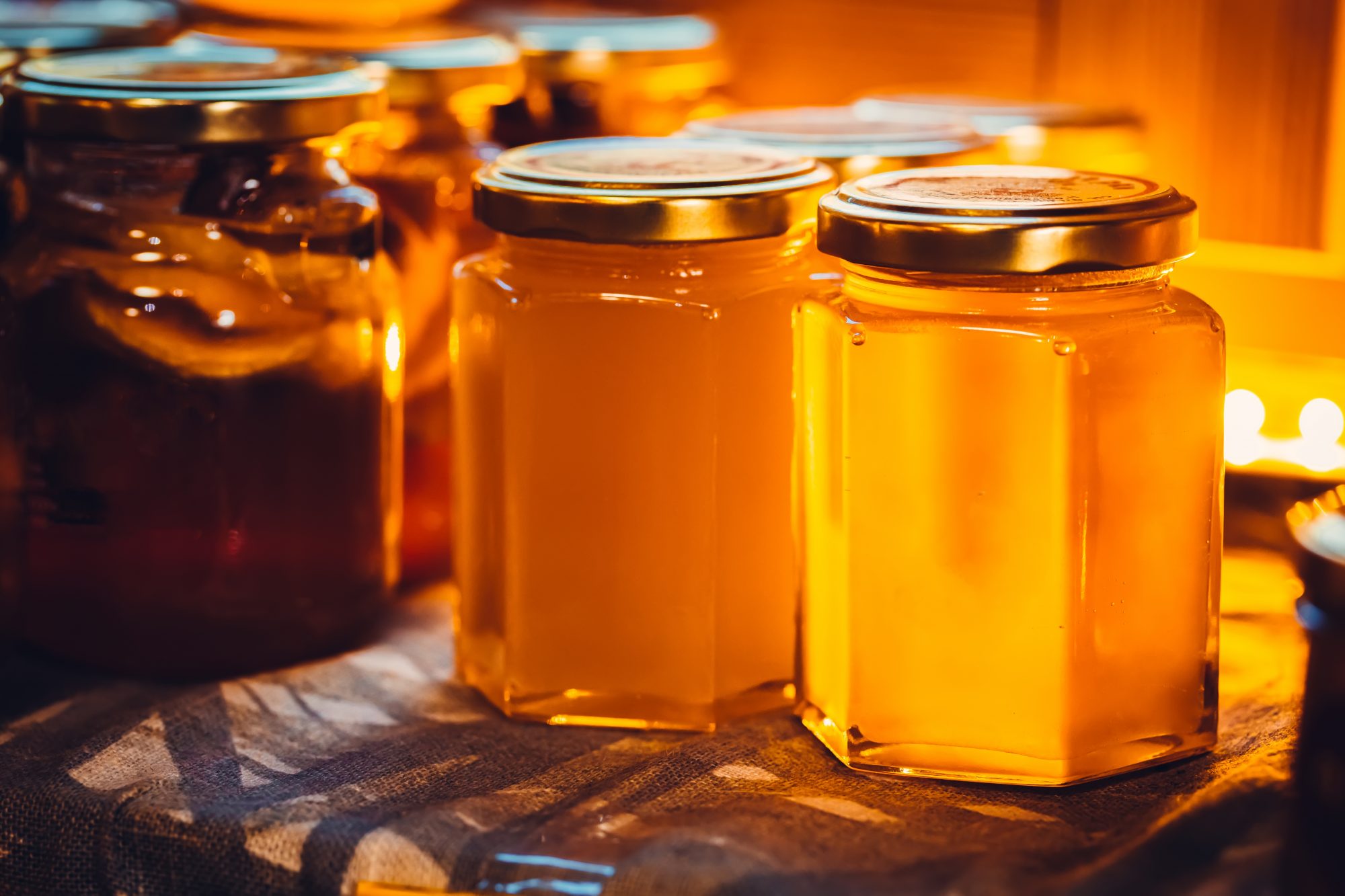

Articles
How To Store Honey Syrup
Modified: December 7, 2023
Learn the best ways to store honey syrup with our comprehensive articles. Discover tips and tricks to maintain its freshness and flavor for long-lasting enjoyment.
(Many of the links in this article redirect to a specific reviewed product. Your purchase of these products through affiliate links helps to generate commission for Storables.com, at no extra cost. Learn more)
Introduction
Welcome to the world of honey syrup! Whether you are a culinary enthusiast or a honey connoisseur, learning how to properly store honey syrup is essential. Honey syrup, a delicious and versatile sweetener made by diluting honey with water, can enhance the flavors of various dishes and beverages. However, to maintain its freshness and quality, it is crucial to store it correctly.
Proper storage ensures that your honey syrup remains free from spoilage, maintains its rich aroma, and retains its natural sweetness. In this article, we will guide you through the steps of storing honey syrup in an optimal manner. From choosing the right container to finding the ideal storage location, we’ll cover everything you need to know to preserve the quality of your honey syrup.
Key Takeaways:
- Properly storing honey syrup is crucial to maintain its freshness, flavor, and quality. From choosing the right container to finding the ideal storage location, each step plays a vital role in preserving the syrup’s integrity.
- Regularly monitoring the temperature and humidity levels, checking for spoilage, and understanding the length of honey syrup storage are essential for enjoying its sweetness and versatility for an extended period.
Read more: How To Store Syrup
What is Honey Syrup?
Honey syrup is a delightful sweetener that is created by diluting honey with water. It is a versatile ingredient that can be used in a variety of culinary applications, such as sweetening drinks, glazing baked goods, and adding depth to sauces and marinades.
Honey syrup offers a unique flavor profile that combines the distinctive sweetness of honey with a smoother, thinner consistency. This makes it easier to incorporate into recipes and ensures a more evenly distributed sweetness. By diluting honey with water, the syrup becomes pourable and easier to measure, making it a convenient alternative to using plain honey.
One of the advantages of honey syrup is that it offers more control over the sweetness level compared to using honey alone. You can adjust the sweetness to your preference by varying the ratio of honey to water. This makes it a versatile option for those who like to experiment with different flavor intensities in their dishes.
In addition to its culinary uses, honey syrup also has medicinal benefits. Honey has been used for centuries for its therapeutic properties, and the syrup form provides an easy way to incorporate these benefits into various remedies. Honey syrup can be used to soothe a sore throat, provide relief from coughing, and even serve as a natural remedy for minor burns and wounds.
Overall, honey syrup is a delicious and versatile sweetener that adds depth and flavor to a wide range of dishes and beverages. By diluting honey with water, you can create a syrup that is easier to work with while still maintaining the natural sweetness and health benefits of honey.
Why Store Honey Syrup?
Properly storing honey syrup is essential to preserve its freshness, flavor, and quality. Here are a few reasons why it’s important to store honey syrup correctly:
1. Prevents Spoilage: Honey syrup, like any other food product, is susceptible to spoilage. Storing it properly helps prevent the growth of bacteria, yeast, and mold, ensuring that the syrup remains safe and suitable for consumption.
2. Maintains Flavor and Aroma: Honey syrup is prized for its distinct flavor and aromatic properties. By storing it correctly, you can maintain the integrity of these qualities over time. Improper storage can lead to flavor deterioration and loss of aroma.
3. Ensures Pourability: When properly stored, honey syrup retains its desired consistency and pourability. This makes it easier to use in recipes, as well as for drizzling over pancakes, waffles, or desserts.
4. Extends Shelf Life: Honey syrup has a relatively long shelf life, but proper storage can help extend its freshness even further. By minimizing exposure to air, light, and moisture, you can prevent the syrup from crystallizing or becoming discolored.
5. Cost Savings: Storing honey syrup properly can help you avoid wastage and unnecessary expenses. When the syrup is well-preserved, you won’t need to replace it as frequently, saving you money in the long run.
By understanding the importance of storing honey syrup correctly, you can ensure that it remains enjoyable and usable for an extended period. The next sections will guide you through the step-by-step process of storing honey syrup and maintaining its freshness.
Choosing the Right Container for Storing Honey Syrup
When it comes to storing honey syrup, selecting the right container is crucial. The ideal container will not only keep the syrup fresh but also prevent any leakage or contamination. Here are some factors to consider when choosing a container:
1. Material: Opt for a container made of glass, food-grade plastic, or stainless steel. These materials are non-reactive, ensuring that the syrup’s flavor and quality remain intact. Avoid containers made of reactive metals, such as aluminum or copper, as they can change the taste of the syrup.
2. Size: Choose a container that can accommodate the desired amount of honey syrup, leaving some headspace for expansion if needed. It’s better to have a slightly larger container than one that is too small, as it can lead to overflow and messy leaks.
3. Sealability: Look for a container with a tight-sealing lid or cap. This will help prevent air, moisture, and contaminants from entering the container and affecting the quality of the honey syrup. Airtight seals also help maintain the syrup’s consistency and prevent it from crystallizing.
4. Pouring Spout: Consider a container with a built-in pouring spout or detachable spout attachment. This feature will make it easier to dispense the honey syrup without causing spills or messes.
5. Visibility: Opt for a container that is transparent or translucent, allowing you to easily see the syrup’s color and any changes that may occur over time. This visual check can help you identify any signs of spoilage or contamination.
6. Ease of Cleaning: Select a container that is easy to clean and maintain. Look for options that can be easily disassembled, have wide openings, or are dishwasher-safe for hassle-free cleaning.
By considering these factors, you can find the perfect container for storing your honey syrup. Remember, the goal is to keep the syrup fresh, uncontaminated, and easily accessible for future use.
Preparing the Container
Before storing honey syrup in your chosen container, it is important to properly prepare the container to ensure cleanliness and optimal preservation. Follow these steps to prepare the container:
1. Clean the Container: Thoroughly wash the container with warm water and mild dish soap. Rinse it well to remove any soap residue. This step helps to eliminate any residue or contaminants that may affect the quality of the honey syrup.
2. Sterilize, if necessary: If you prefer an extra level of cleanliness, you can sterilize the container by boiling it in water for a few minutes. Alternatively, you can use a sanitizing solution specifically designed for food containers.
3. Dry the Container: Ensure that the container is completely dry before pouring the honey syrup into it. Any moisture left inside the container can lead to spoilage or mold growth.
4. Optional Step: Seasoning the Container: Some people choose to “season” the container before adding the honey syrup. This involves coating the inside of the container with a thin layer of oil, such as vegetable oil or food-grade mineral oil. Seasoning helps create a barrier and prevents the honey syrup from sticking to the container walls.
By properly preparing the container, you create an environment that is clean and optimized for storing honey syrup. This step ensures that the syrup remains fresh and uncontaminated, providing you with the best quality syrup for future use.
Read more: How To Store Torani Syrup
Properly Sealing the Container
Sealing the container is a crucial step in storing honey syrup effectively. A proper seal helps maintain the syrup’s freshness, prevents contamination, and minimizes moisture and air exposure. Follow these steps to ensure a tight seal:
1. Check the Lid or Cap: Inspect the lid or cap of your container for any cracks, chips, or damage. A damaged lid may compromise the seal and allow air and moisture to enter the container. If necessary, replace the lid or cap with a new one to ensure an airtight closure.
2. Clean the Seal: Ensure that the sealing area of the container and the lid are clean and free from any debris or residue that could prevent a proper seal. Use a clean cloth or sponge to wipe down the areas before sealing.
3. Apply Pressure: When closing the container, apply firm and even pressure to ensure a tight seal. Push down on the lid or cap while twisting it to lock it securely in place.
4. Double Check the Seal: After sealing the container, double-check to ensure that it is tightly closed. Gently tug on the lid or cap to see if there is any movement. If it feels loose or comes off easily, reseal it more tightly.
5. Store the Container Upright: To prevent any potential leakage or accidental spills, store the container in an upright position. This will help maintain the seal and keep the syrup contained.
6. Consider Secondary Packaging: For an added layer of protection, you may choose to place the sealed container inside a resealable plastic bag or wrap it with plastic wrap. This additional packaging can prevent any potential leaks from spreading and protect against any external elements.
By properly sealing the container, you ensure that your honey syrup is well-protected and remains fresh for a longer period. A tight seal helps maintain the syrup’s quality and prevents any unwanted contamination.
Store honey syrup in a clean, airtight glass jar or bottle at room temperature, away from direct sunlight. This will help preserve its flavor and prevent crystallization.
Finding the Right Storage Location
Once you have properly sealed the container, it becomes essential to find the right storage location for your honey syrup. The ideal storage location should be cool, dark, and free from temperature fluctuations. Here are some factors to consider when selecting the right storage spot:
1. Temperature: Honey syrup should be stored at a temperature between 50°F (10°C) and 70°F (21°C). Avoid storing it in areas that are prone to extreme temperature changes, such as near heating vents or in direct sunlight. Fluctuating temperatures can adversely affect the quality and consistency of the syrup.
2. Darkness: Exposure to light can cause honey syrup to deteriorate more quickly. Choose a storage location that is away from direct sunlight or bright artificial light sources. Consider storing the container in a dark cupboard or pantry.
3. Air Circulation: Ensure that the storage location provides adequate air circulation. Good ventilation helps prevent the build-up of condensation, which can lead to moisture and potential spoilage. Avoid storing the syrup in airtight containers or enclosed spaces with poor airflow.
4. Humidity: Honey syrup should be stored in a place with low humidity. Excessive moisture in the air can promote fermentation or cause the syrup to absorb moisture, altering its consistency. Avoid storing the syrup near humidifiers, in steamy kitchens, or in damp areas of your home.
5. Protection from Odors: Honey has the ability to absorb odors from its surroundings. To prevent your syrup from acquiring unwanted flavors or aromas, store it away from strong-smelling substances, such as spices, cleaning agents, or pungent foods.
6. Accessibility: Choose a storage location that is easily accessible so that you can retrieve and use the honey syrup conveniently. This will help prevent any unnecessary handling or movement of the container, minimizing the risk of spills or breakage.
By finding the right storage location, you can maintain the quality and freshness of your honey syrup for an extended period. Take into consideration factors such as temperature, darkness, air circulation, humidity, and protection from odors to ensure optimal storage conditions.
Monitoring the Temperature and Humidity
Monitoring the temperature and humidity levels in the storage area is crucial to ensure the longevity and quality of your honey syrup. Fluctuations in temperature and excessive humidity can impact the syrup’s consistency and promote spoilage. Here are a few ways to monitor and control these factors:
1. Use a Thermometer: Place a thermometer near the storage area to regularly monitor the temperature. Ensure that the temperature remains within the recommended range of 50°F (10°C) to 70°F (21°C). If necessary, adjust the location or surroundings to maintain a stable temperature.
2. Invest in a Hygrometer: A hygrometer is a device used to measure the humidity level in the air. Place a hygrometer near the storage area to monitor the relative humidity. Honey syrup should ideally be stored in an environment with low humidity, below 70% to prevent moisture absorption.
3. Control Temperature and Humidity: If the temperature or humidity levels are outside the optimal range, take steps to correct them. For example, if the storage area is too warm, you can relocate the syrup to a cooler spot. If humidity is high, consider using a dehumidifier or placing moisture-absorbing materials, such as silica gel packs, near the syrup.
4. Avoid Refrigeration: While it’s important to store honey syrup in a cool place, refrigeration is not recommended. The cold temperatures can cause the syrup to thicken and crystallize, making it difficult to pour and use. Instead, opt for a cool, dark cupboard or pantry that maintains a consistent temperature.
5. Regularly Check and Adjust: Periodically check the temperature and humidity levels in the storage area to ensure they remain within the optimal range. If you notice any significant fluctuations, take corrective measures to maintain a stable environment for your honey syrup.
By monitoring the temperature and humidity of the storage area, you can prevent spoilage, maintain the syrup’s consistency, and ensure its long-term quality and usability. By taking these precautions, you’ll be able to enjoy your honey syrup at its best for an extended period.
Checking for Spoilage
Regularly checking for spoilage is important to ensure that your honey syrup remains safe and of high quality. Although honey has a long shelf life, improper storage or contamination can lead to spoilage. Here are some signs to look out for when checking your honey syrup:
1. Mold Growth: Inspect the surface of the syrup for any signs of mold or fungal growth. If you notice any fuzzy or discolored patches, discard the syrup immediately. Mold growth indicates spoilage and can make the syrup unsafe to consume.
2. Unusual Odor or Taste: Honey syrup should have a sweet, pleasant aroma and taste. If you notice any off-putting or unusual odors, such as a sour or fermented smell, or if the syrup tastes sour or unpleasant, it may be spoiled and should not be consumed.
3. Change in Appearance: Examine the color and clarity of the syrup. If you notice significant changes, such as darkening or cloudiness, it could indicate spoilage. Fresh honey syrup should have a clear, golden or amber color. Any discoloration may suggest deterioration.
4. Crystal Formation: While the crystallization of honey is a natural process, honey syrup should not form large, gritty crystals when stored. If you notice excessive crystallization or a sandy texture, it may indicate a loss of quality and freshness.
5. Leaks or Contamination: Check the container for any leaks, seepage, or signs of contamination. If you notice any sticky residue or foreign particles in the syrup, it may be compromised and should not be consumed.
6. Expiry Date: Take note of the expiry date of the syrup. Even if there are no apparent signs of spoilage, it’s important to discard the syrup past its expiration date to ensure its freshness and quality.
If you notice any of these signs of spoilage in your honey syrup, it is best to err on the side of caution and dispose of it. Consuming spoiled honey syrup can lead to foodborne illnesses or adverse reactions. Regularly checking for spoilage helps ensure that you are using fresh and safe syrup in your culinary creations.
Read more: How To Store Honey
Length of Honey Syrup Storage
The shelf life of honey syrup can vary depending on various factors, including the quality of the honey used, storage conditions, and how well it is sealed. When stored properly, honey syrup can maintain its quality for an extended period. Here are some guidelines to help you understand the length of honey syrup storage:
1. Unopened Honey Syrup: If the container of honey syrup is unopened and properly sealed, it can be stored for a considerable amount of time. In general, unopened honey syrup can remain fresh and maintain its quality for 1 to 2 years or even longer.
2. Opened Honey Syrup: Once a container of honey syrup has been opened, its shelf life may be slightly shorter. However, if stored correctly, opened honey syrup can still remain usable for several months to a year. It is important to check for spoilage signs periodically and use your judgment based on its appearance, aroma, and taste.
3. Proper Storage Conditions: The shelf life of honey syrup can be influenced by the storage conditions. To ensure the longest possible shelf life, store the honey syrup in a cool, dark place, away from direct sunlight or sources of heat. Maintain a consistent temperature between 50°F (10°C) and 70°F (21°C) and keep the syrup well-sealed to prevent moisture, air, and contamination.
4. Crystallization: Over time, honey syrup may undergo natural crystallization, causing it to become thicker and grainy. This does not necessarily mean that the syrup has spoiled. In fact, crystallization is a normal process in honey due to the natural sugars it contains. If your honey syrup crystallizes, you can gently warm it in a warm water bath to dissolve the crystals and restore its liquid consistency.
Remember, these are general guidelines, and the shelf life of honey syrup can vary. It’s important to use your senses of sight, smell, and taste to determine if the syrup is still fresh and safe to consume. If you notice any signs of spoilage, such as mold, off-putting odors, or a sour taste, it is best to discard the syrup.
By storing honey syrup properly and regularly checking for spoilage, you can enjoy its sweetness and versatility for an extended period, ensuring that your culinary creations are enhanced with the delightful flavor of honey.
Conclusion
Properly storing honey syrup is essential to maintain its freshness, flavor, and quality. By following the steps outlined in this article, you can ensure that your honey syrup remains delicious and usable for an extended period. From choosing the right container to finding the ideal storage location, each aspect plays a crucial role in preserving the syrup’s integrity.
Remember to select a container made of non-reactive materials, such as glass or food-grade plastic, with a tight-sealing lid. Prepare the container by cleaning and drying it thoroughly, and consider seasoning it to prevent sticking. Properly sealing the container helps to keep air, moisture, and contaminants out, preserving the syrup’s taste and consistency.
Find the right storage location that offers stable temperature, minimal light exposure, and low humidity. Regularly monitor the temperature and humidity levels to maintain optimal conditions for storage. Check for signs of spoilage, such as mold growth, unusual odor, or changes in appearance, and discard any syrup that shows these signs.
Under proper storage conditions, both unopened and opened honey syrup can maintain their quality for an extended period. Be mindful of crystallization, a natural process that can be reversed through gentle warming.
In conclusion, by following these guidelines, you can ensure that your honey syrup remains fresh, flavorful, and ready to enhance your culinary creations. With proper storage, you can enjoy the delightful sweetness and versatility of honey syrup for a long time, adding a touch of natural sweetness to your favorite recipes and beverages.
So go ahead, store your honey syrup with care, and savor its delicious taste whenever you need a hint of sweetness in your life.
Frequently Asked Questions about How To Store Honey Syrup
Was this page helpful?
At Storables.com, we guarantee accurate and reliable information. Our content, validated by Expert Board Contributors, is crafted following stringent Editorial Policies. We're committed to providing you with well-researched, expert-backed insights for all your informational needs.
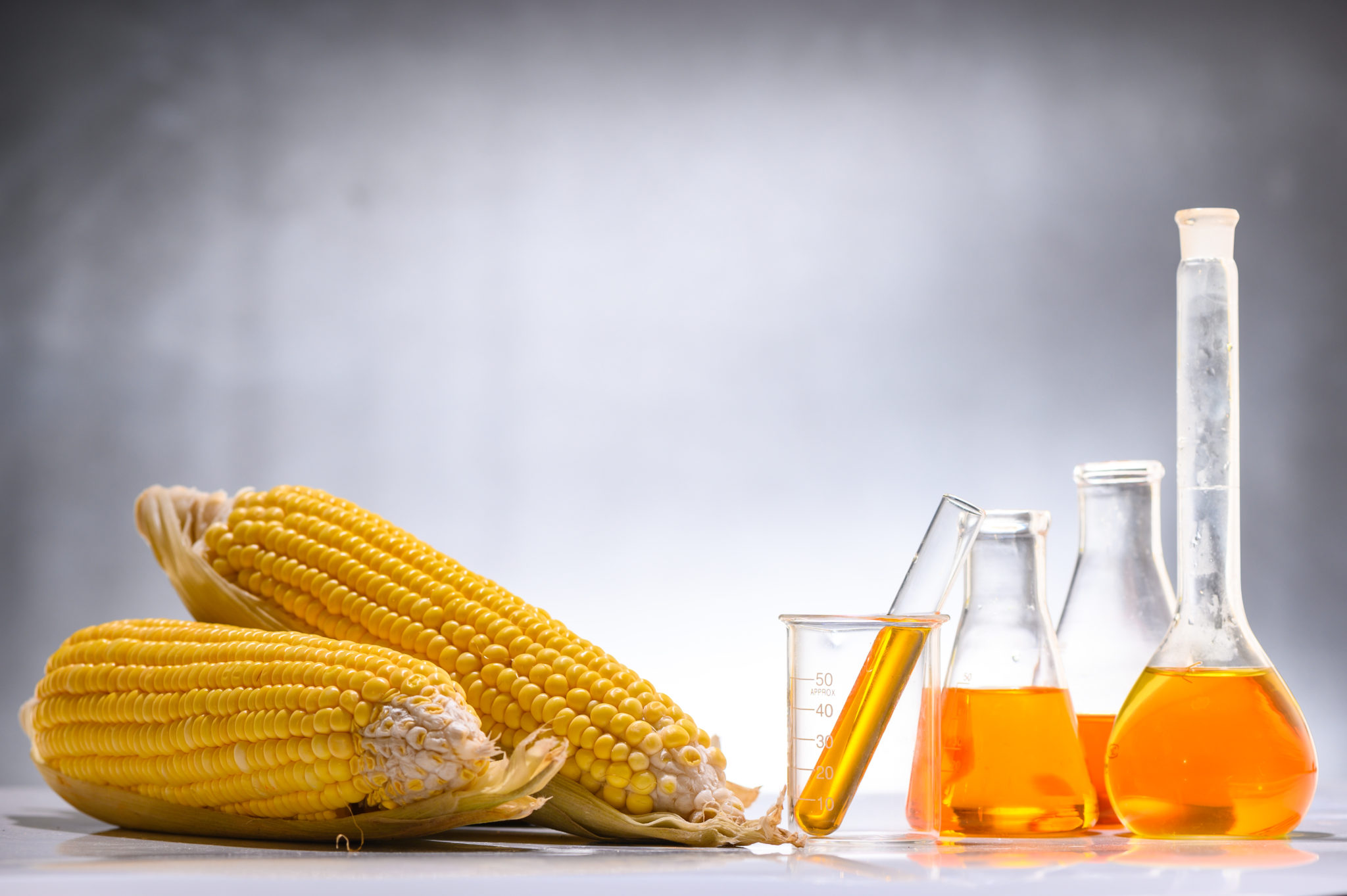
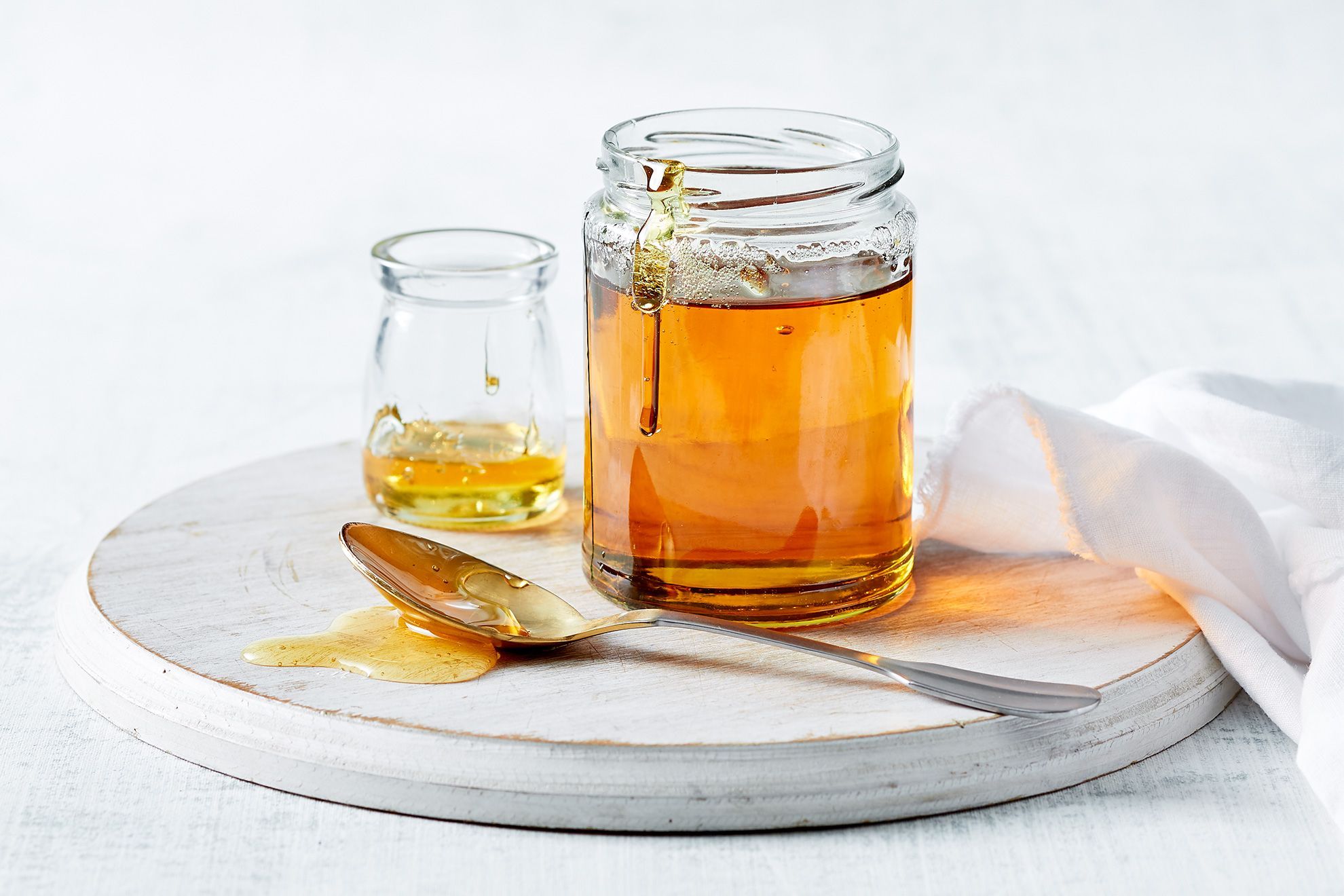
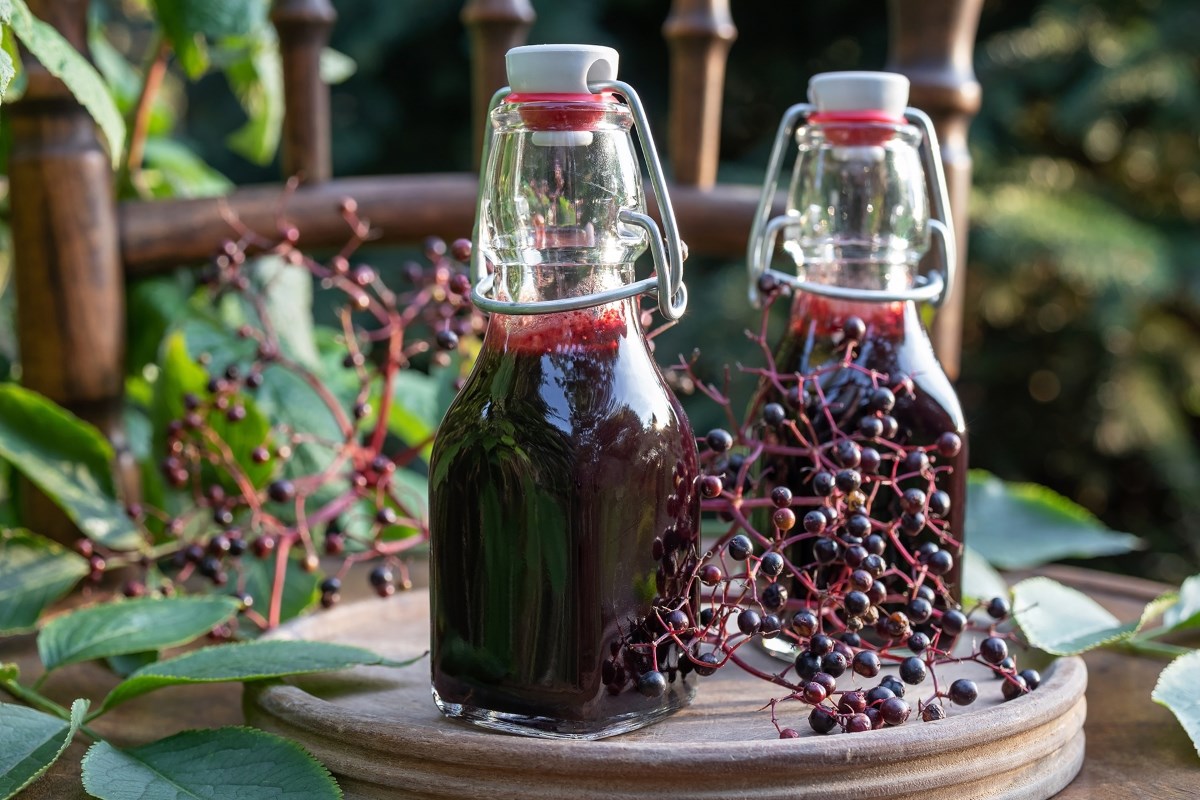
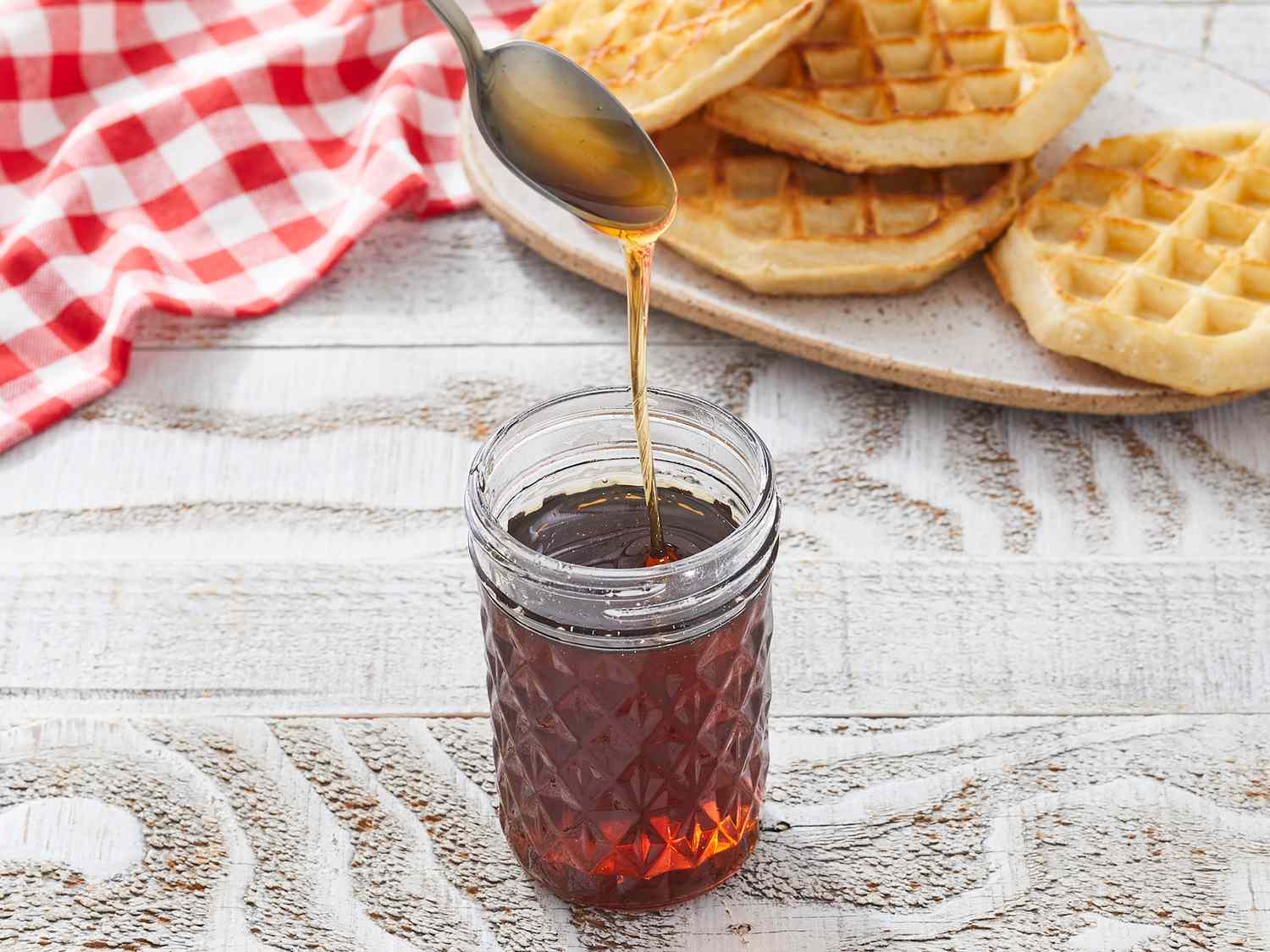
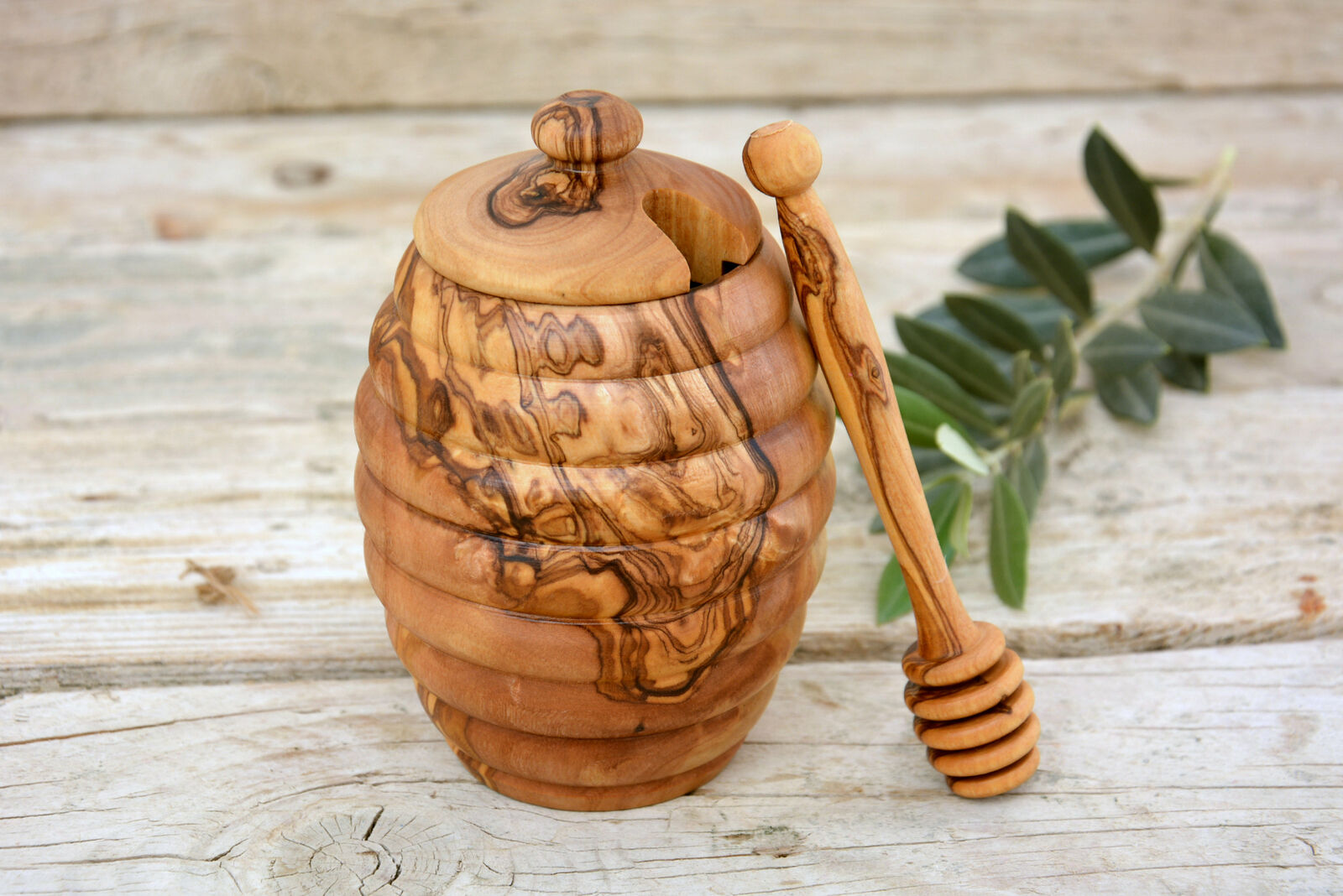
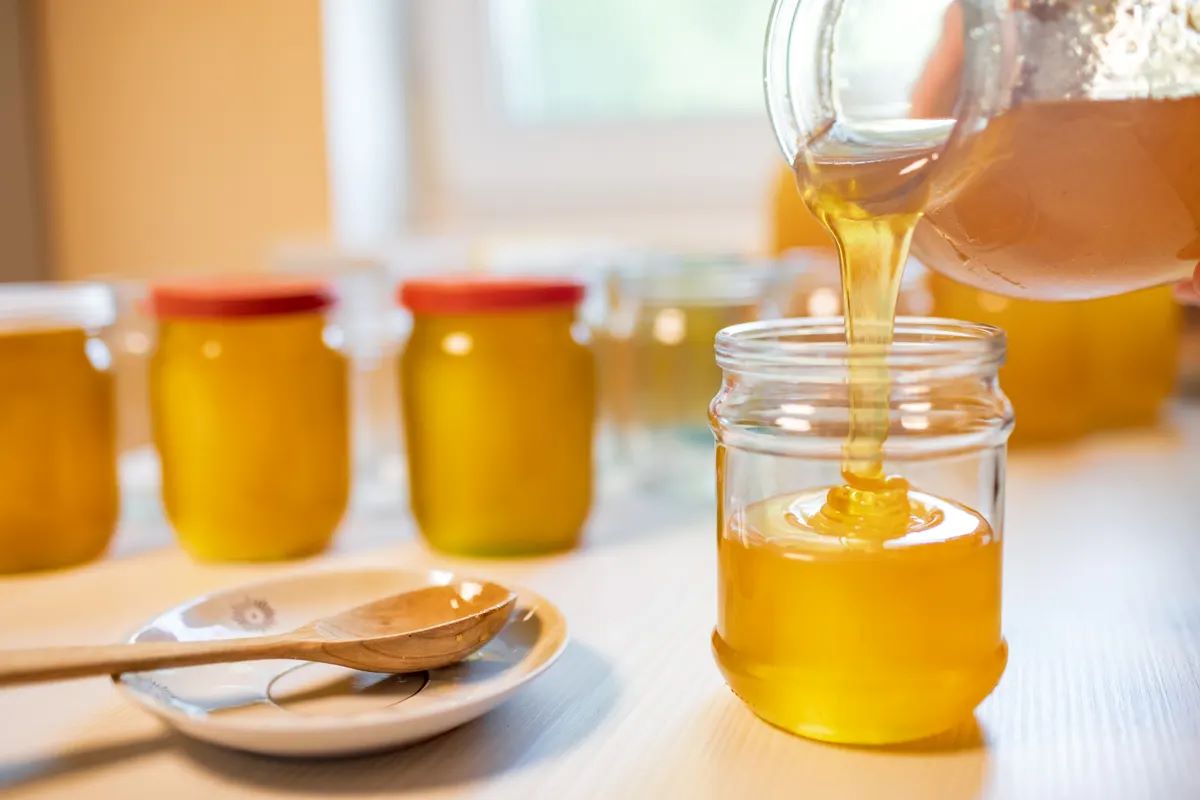
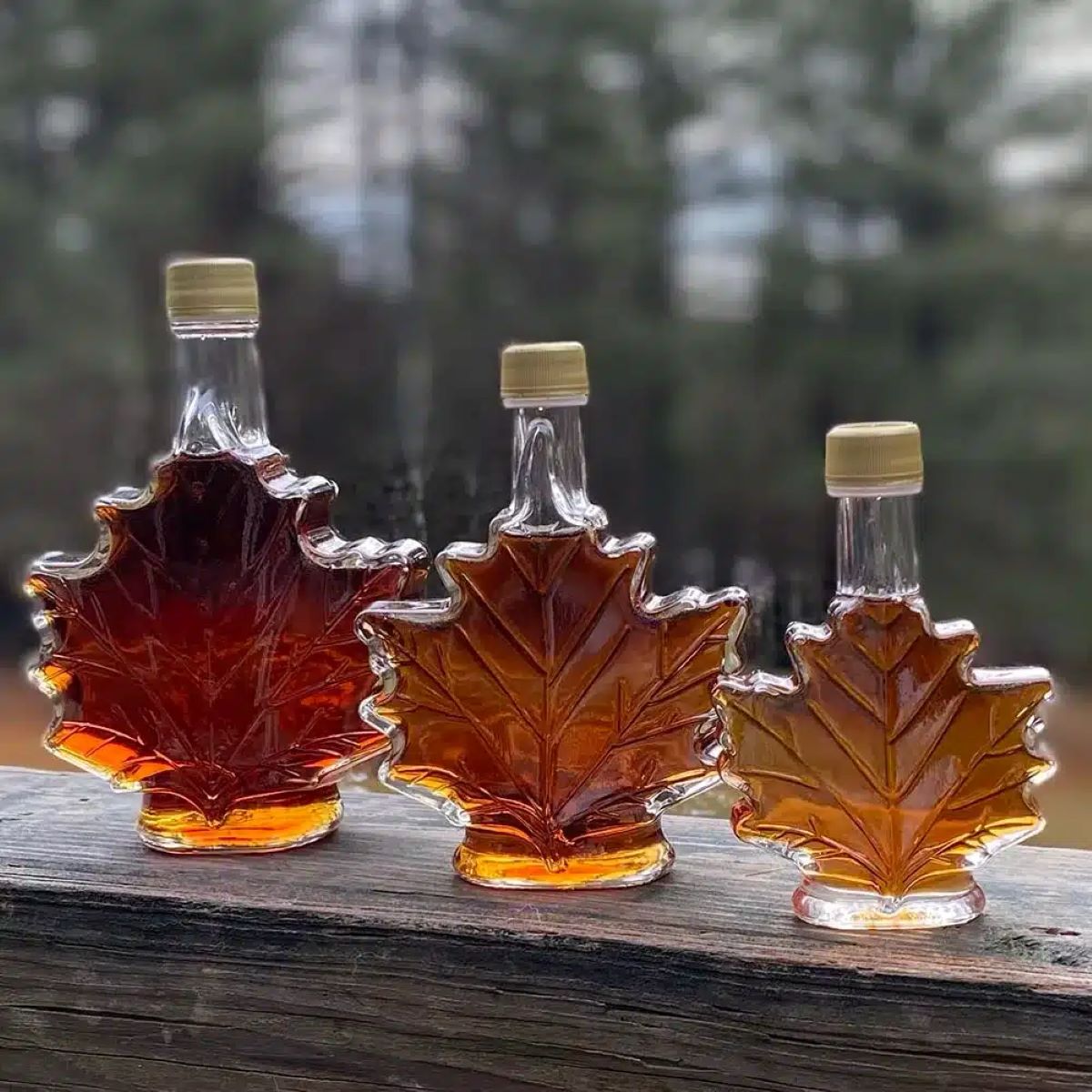
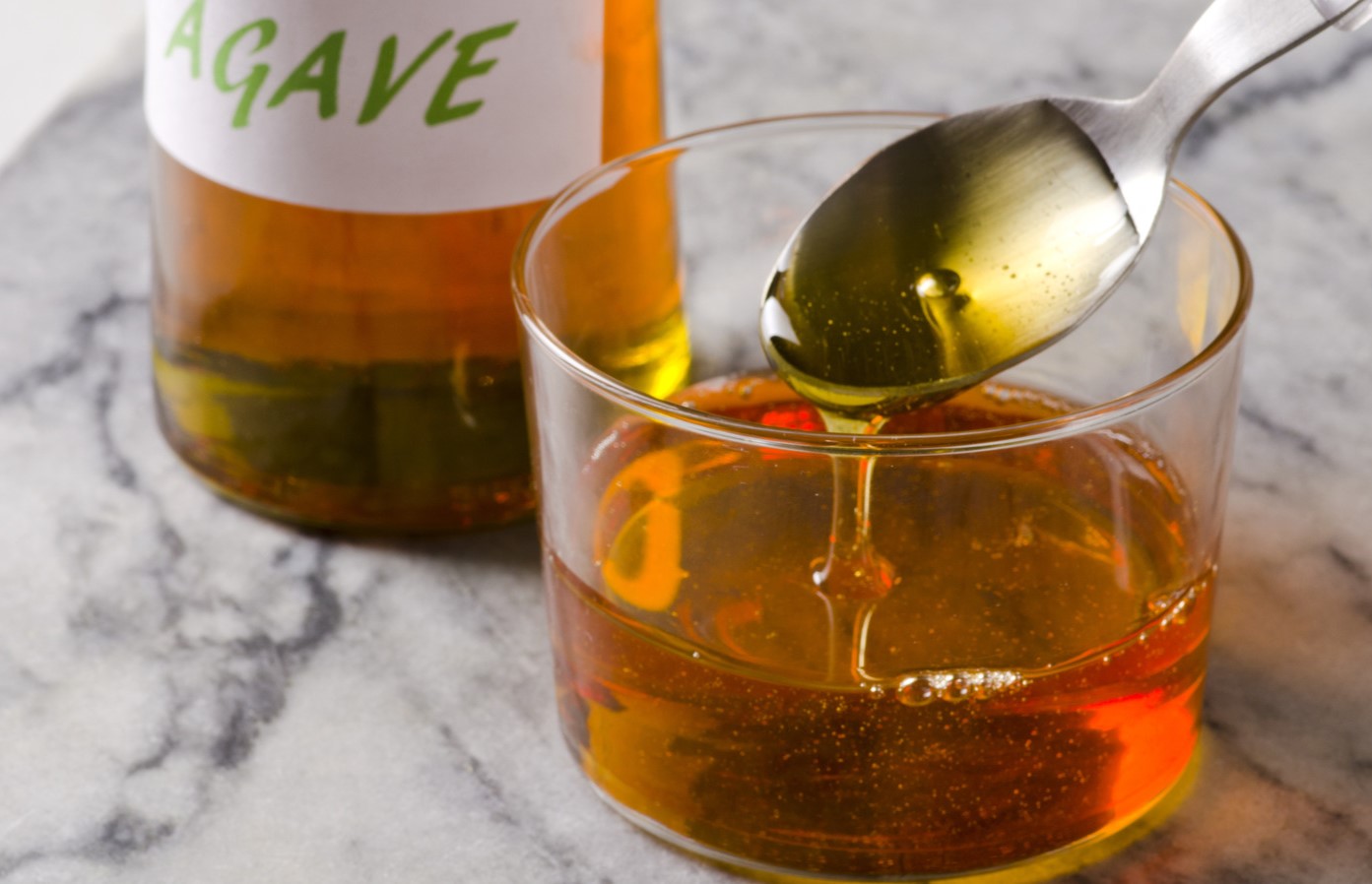
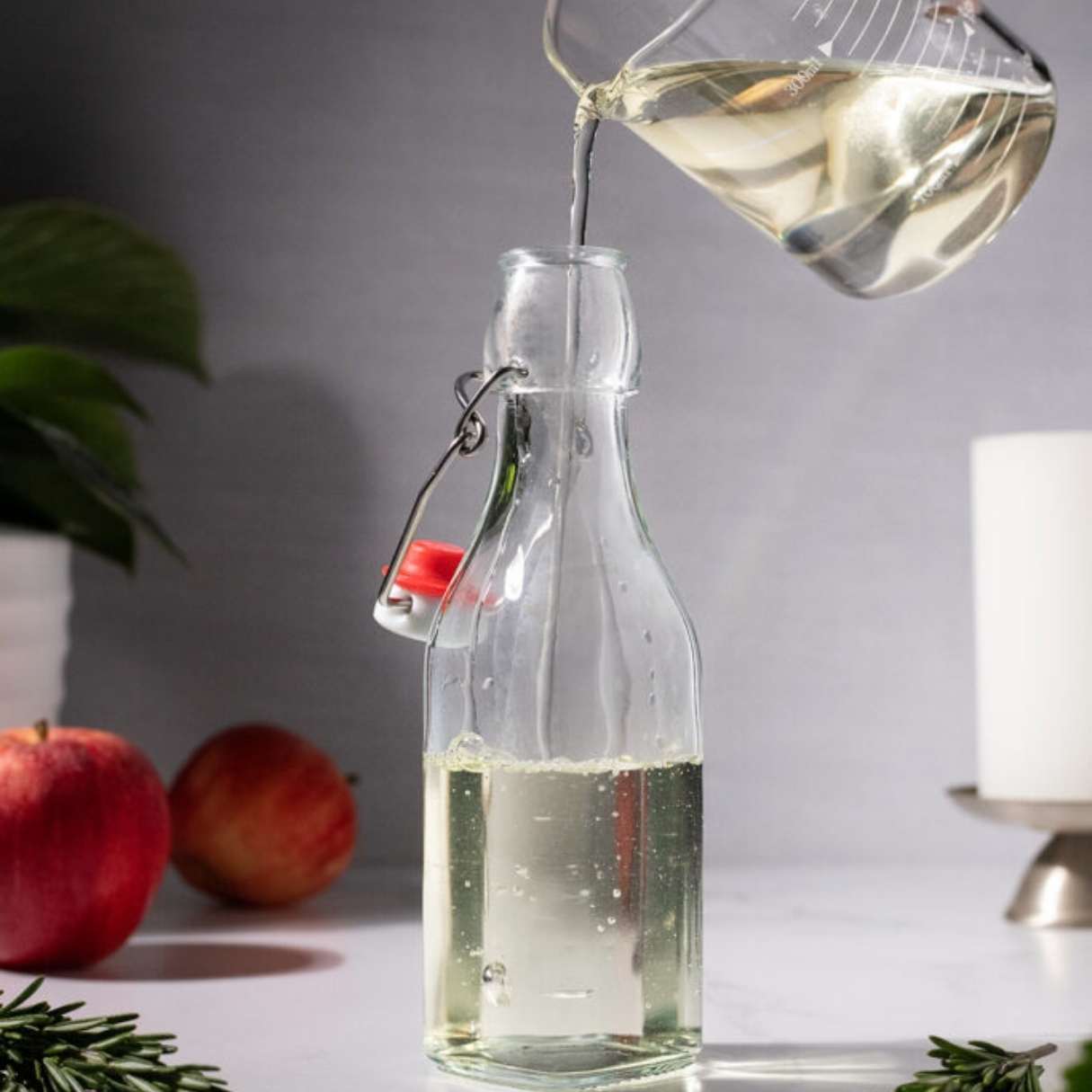
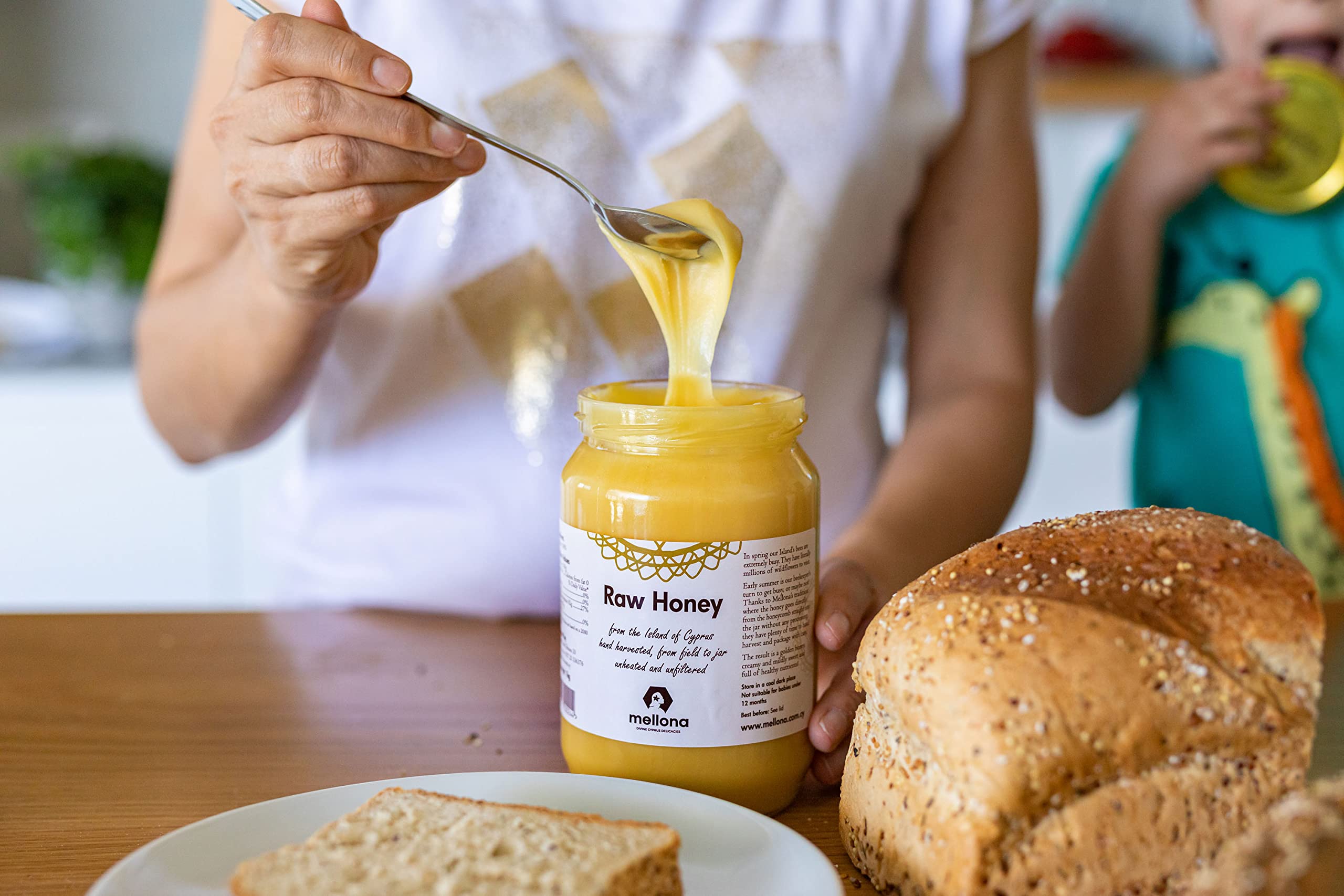
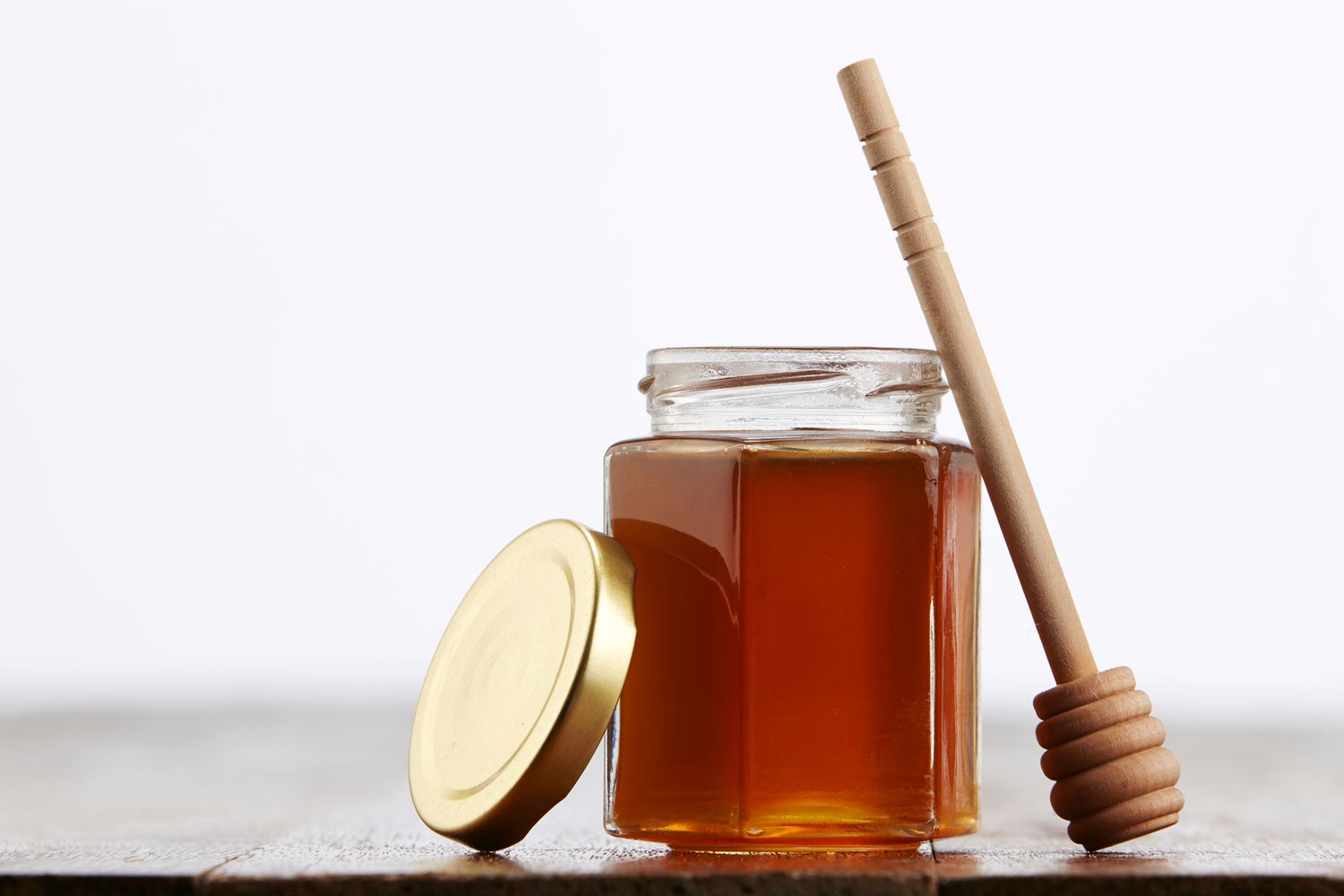
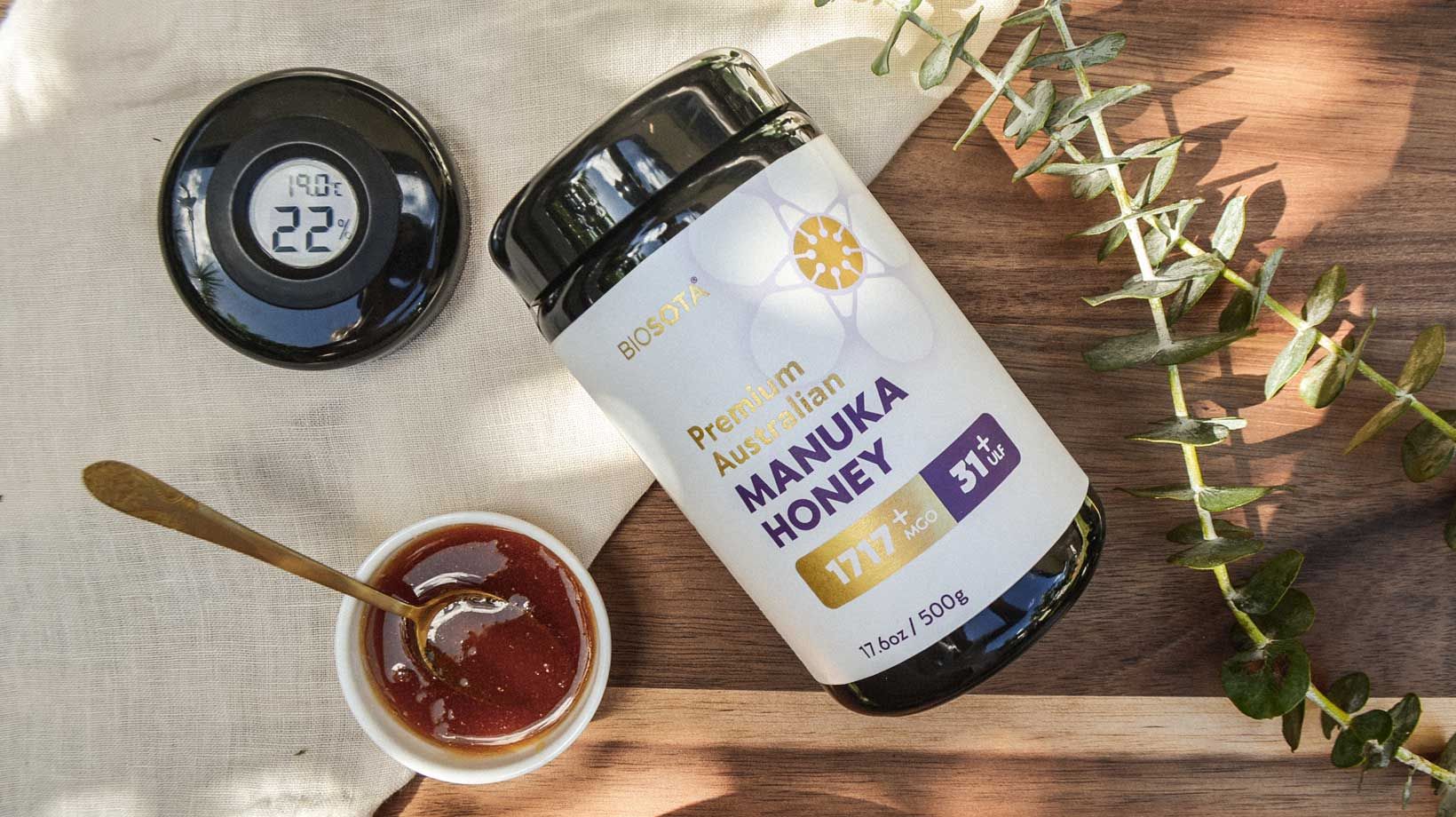
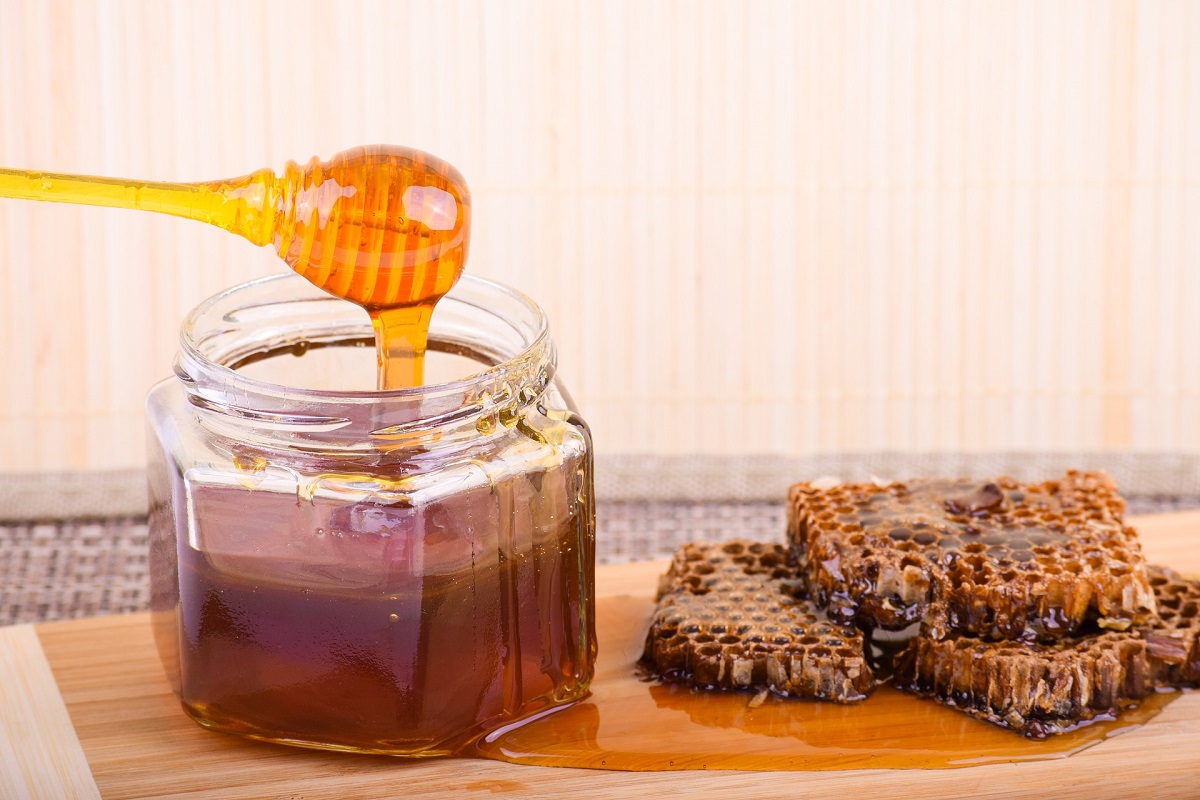

0 thoughts on “How To Store Honey Syrup”